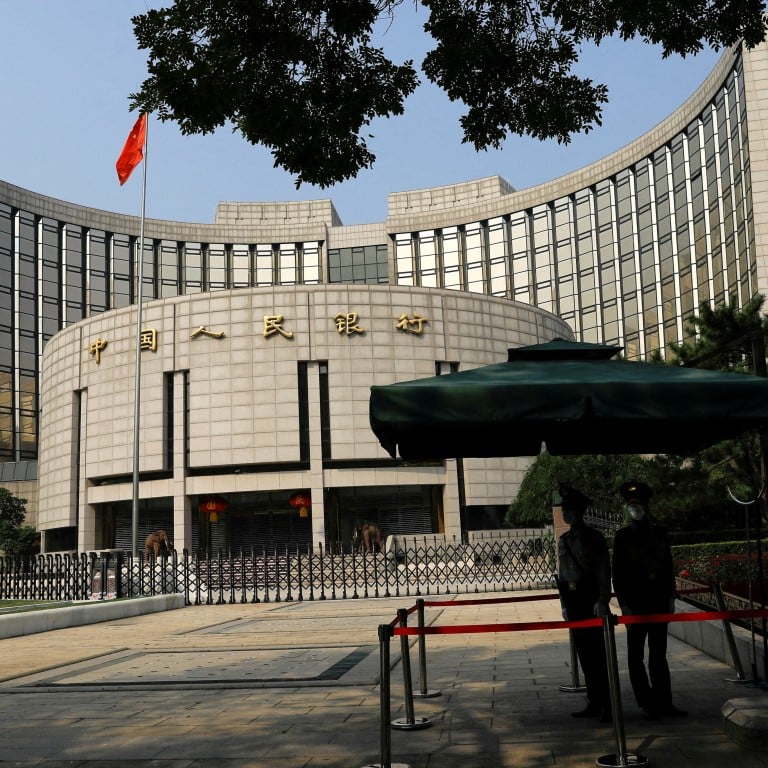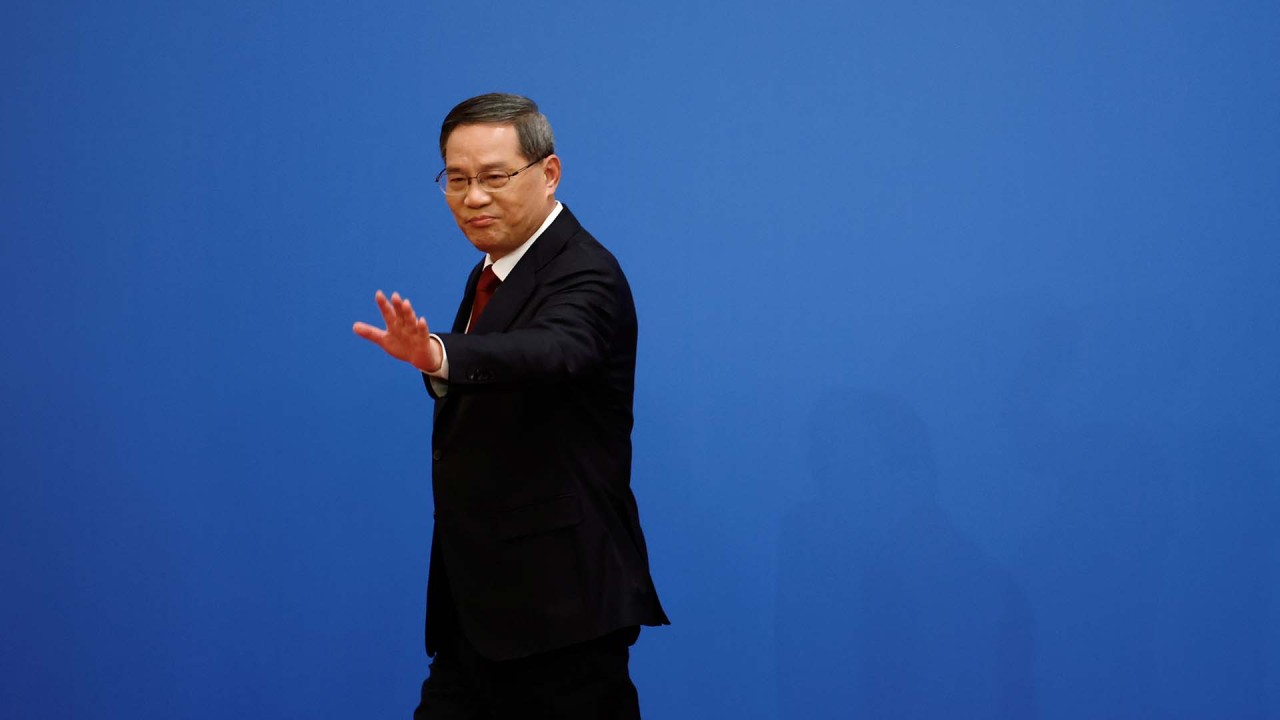
China releases US$72.6 billion of liquidity with cut to banks’ reserve requirement ratio
- China’s central bank has vowed to keep monetary policy ‘targeted and powerful’ amid market concern about consumer demand and rising external risks
- The cut, effective March 27, will lower the average reserve requirement ratio of Chinese financial institutions to 7.6 per cent
China’s central bank announced on Friday a cut to the amount that banks set aside for deposits by 25 basis points, vowing to keep ample liquidity in the interbank system and better fund the real economy.
The cut, effective March 27, is expected to inject 500 billion yuan (US$72.6 billion) worth of liquidity into the market, while the average reserve requirement ratio of Chinese financial institutions will be lowered to 7.6 per cent.
“The PBOC will keep monetary policy targeted and powerful,” the central bank said in a statement.
“We’ll provide better support for key areas and weak links, refrain from a big stimulus … and concentrate on pushing for high-quality development.”
The RRR cut has been used often throughout the tenure of Yi Gang as central bank governor. The PBOC has made 15 downward revisions since 2018, significantly lowering the average ratio from about 15 per cent.
The Chinese monetary authority, which had a divergent approach from the US Federal Reserve’s aggressive rate hikes last year, is focused on boosting the coronavirus-hit economy.
Officials and regulators have warned that consumer demand is still weak, business expectations are subdued and the risk of external shocks is on the rise.
Such a cut will play a positive role in guiding more financing support for the real economy
Markets also have strong doubts about domestic consumption, while exports are wobbling, dropping 6.8 per cent in January-February from a year earlier.
“China’s economic recovery is not solid,” said Wen Bin, chief economist of Beijing-based China Minsheng Bank.
“Such a cut will play a positive role in guiding more financing support for the real economy and lowering their fundraising costs.”
Lu Ting, chief China economist at Nomura, expressed his concerns about consumption, the property market and exports at a forum in Guangzhou on Thursday.
“Don’t overestimate the consumption rebound this year … some of them are not sustainable,” he said. “China’s exports are highly likely to fall this year.”
Who is Yi Gang, the US-educated governor of China’s central bank?
Apart from ensuring a sound economic recovery, risk control is high on this year’s economic and financial agenda for regulators who continue to warn of risks from ballooning local government debt and the beleaguered real estate market.
The drop in real estate investment has slowed for the first time since 2021, but a quick recovery is unlikely while regulators pledged more funding assistance to improve property developers’ balance sheets and local governments loosened purchase restrictions.
Government land sales revenue, a major source of income for local governments, slumped further in the first two months of the year, dropping 29 per cent from the same period a year earlier, according to the Ministry of Finance.
Regulators are also watching closely for any spillover impact on the domestic economy due to shock waves from the collapses of the Silicon Valley Bank and other two US mid-sized banks, as well as the liquidity crisis of Swiss lender Credit Suisse.
Capital Economics said the rate cut will provide a small amount of financial relief for large and medium-sized banks, and might also help nudge down lending rates.
However, “given the wider signs of policy restraint, we doubt it will have a significant and lasting impact on monetary conditions or credit growth”, it said in a research note.
“RRR cuts remain an effective way to provide long-term liquidity and support the real economy,” he told a media briefing in Beijing on March 3.
However, he showed reluctance to lower the policy rate.
“Our major parameters of monetary policy stay at a reasonable level, and the real interest rate level is also appropriate,” he said at that time.



